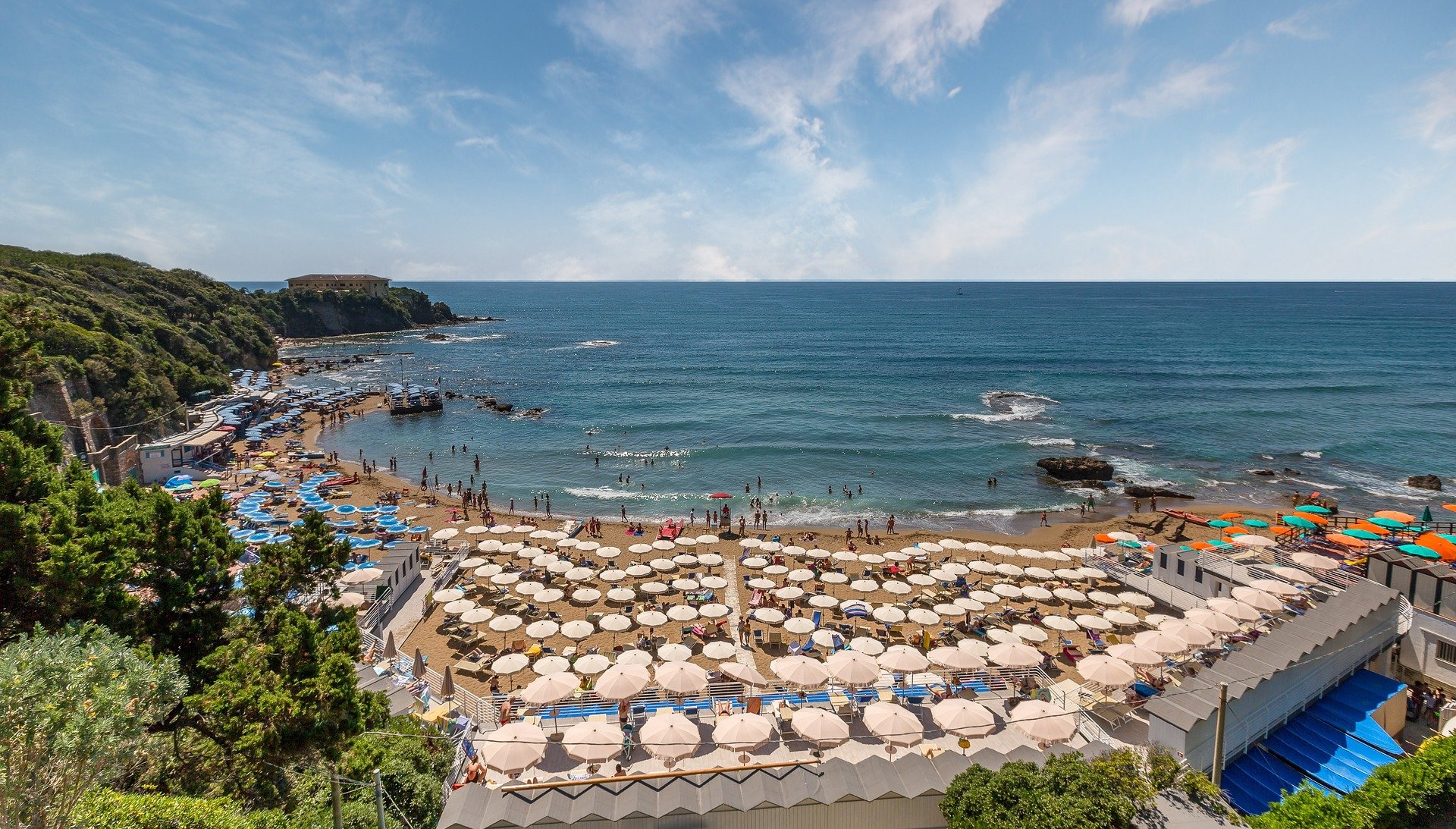
In the wake of many of the more stringent measures put in place to lock down travel in the Schengen area, EU officials have announced that travel restrictions for all Schengen states should be lifted from 6th July, with many borders already slowly re-opening.
This comes as a breath of fresh air to worried travellers who have been left wondering if they will be allowed to travel this summer. Most countries in the Schengen area are attempting to lift restrictions on travel into their countries from other Schengen states from mid-June with the plan to have full access in place by 6th July. The EU bloc as a whole is still maintaining closed borders to non-EU travellers coming from non-EU locations until at least 15th June.
As each European country has established their own timeline for combatting the spread of COVID-19, below is an easy-to-understand guide on how each country is handling re-opening, based on their current status:
Open Borders
Countries with open borders for EU citizens and Schengen visa holders are Ireland, Slovenia, and the Netherlands. The UK has also opened its borders to European travellers – however, in all of these countries, travellers are required to self-isolate for 14 days to help combat the spread of COVID-19.
Semi-Open Borders
A significant bloc of countries have already begun to open up their borders again, particularly to neighbouring countries. Baltic neighbours Lithuania, Estonia, and Latvia have all opened borders to each other, as have the borders between Czechia, Hungary and Slovakia been opened to each other, albeit with restrictions. Germany, Croatia, Bosnia & Herzegovina, and Romania have all opened borders to their direct neighbour countries as well.
In most of these countries who are gradually opening their borders again, residents of EU member states are permitted to enter, travel, study, visit relatives, and work if they adhere to the COVID-19 measures each country has put in place – usually a 14-day self-isolation. None of these countries are currently allowing non-EU residents to visit.
Closed Borders
For some of the worst-hit countries, re-opening the border has not yet begun, but a gradual scaling-back will begin on 15th June. For instance, Portugal and France are not allowing any tourists until 15th June, Spain is not allowing any tourists until 1st July, and Italy is only re-opening borders with EU and UK residents on 3rd June after almost three months in lockdown. Denmark is opening borders with Nordic neighbours like Norway and Iceland from 15th June. Austria and Switzerland as well are planning on opening borders to neighbouring central European countries by 15th June. Bulgaria and Greece are set to open borders with each other on 1st June, with eventual full re-opening and random COVID-19 testing of travellers. Other countries have latched onto the idea of mandatory testing of tourists upon arrival, like Iceland. Yet other countries, such as Belgium and Poland, have kept borders closed and announced no plans to re-open their borders to non-essential travel yet.